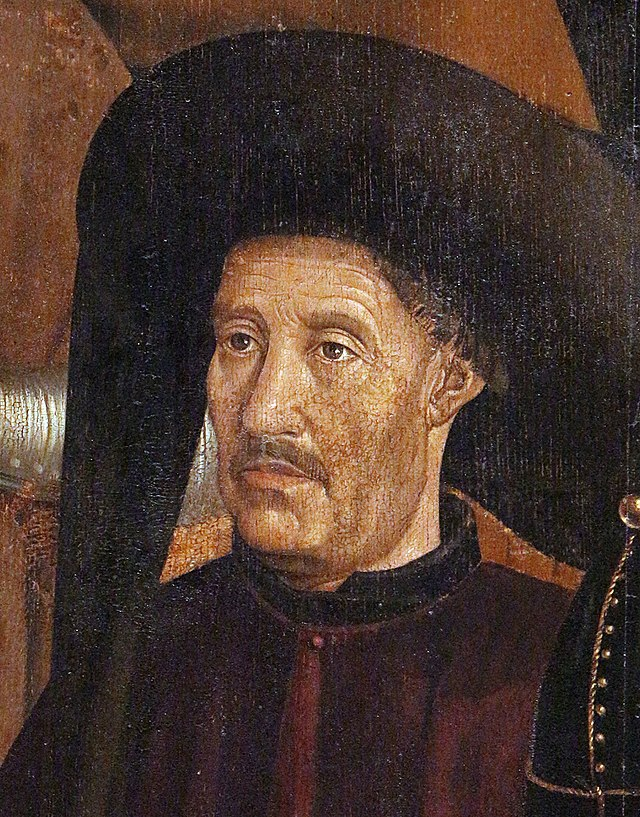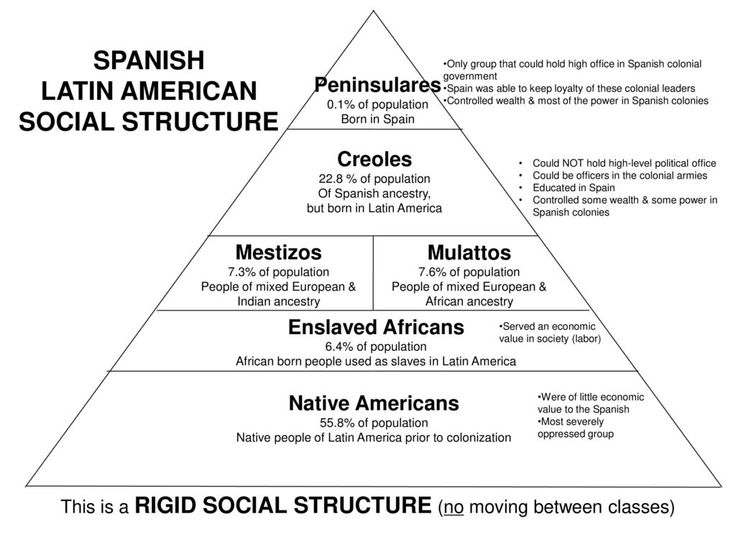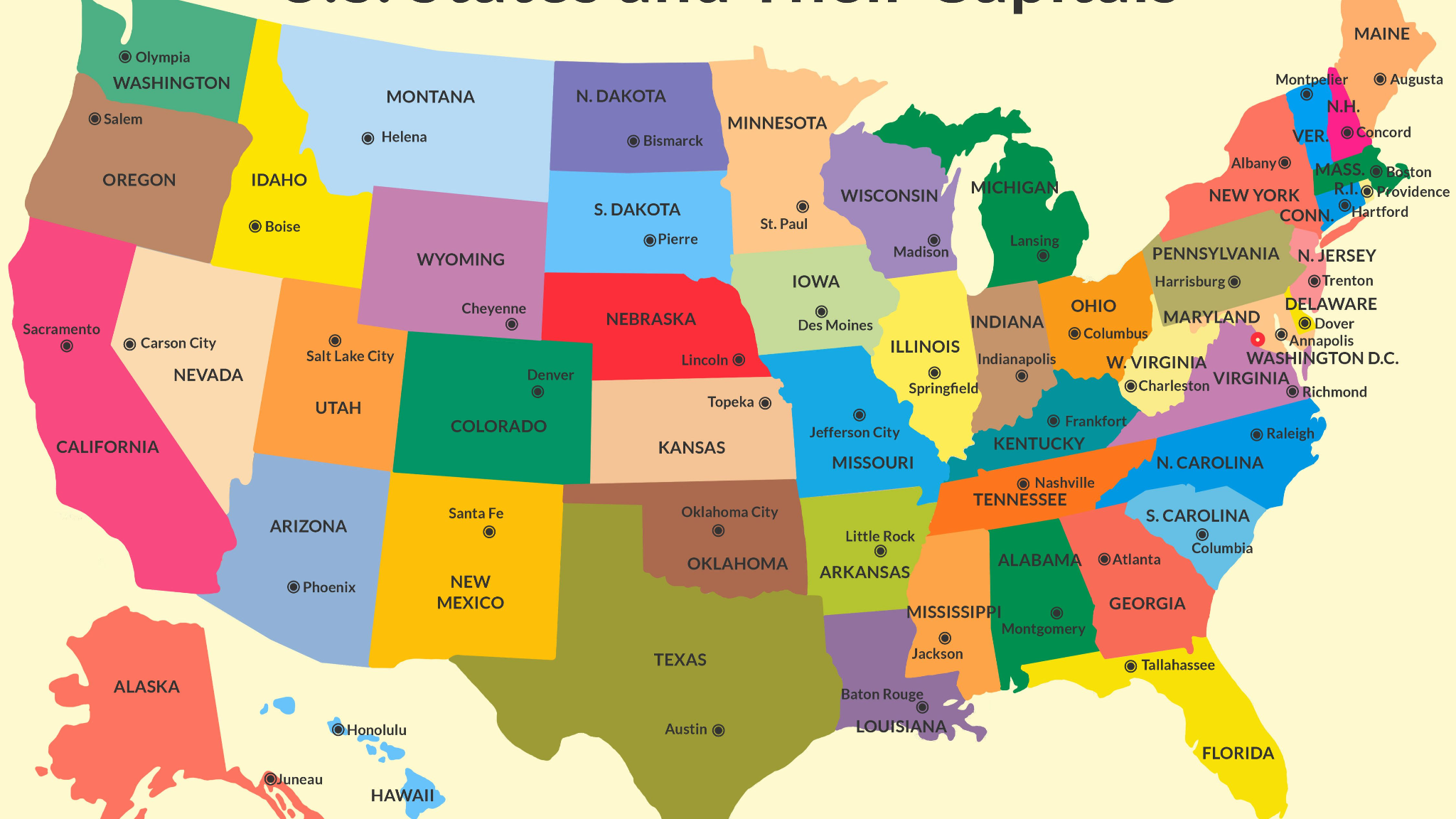
AP US History Reading Notes
Risha Potluri
Unit 1: Native Peoples, Colonization, and Slavery
AMSCO Chapter 1 (On Paper): A New World of Many Cultures
Additional Vocabulary
Slavery | The practice of forced labor and restricted liberty. A regime where slave owners could force slaves to work and limit their liberty. Throughout history, slavery existed as punishment for committing crimes or to pay off debts. |
|---|---|
Woodland mound builders | Pre-Columbian North Americans |
Land bridge | The theory that, as the Ice Age came to a close, a land bridge across the Bering Strait emerged tying North America and Asia across the Bering Sea. |
Conquistadors | Translates to “conqueror.” Various Spaniards were granted land and natives in the New World through the encomienda system. |
Francis Drake | Englishman who led a fleet of ships against the Spanish armada, pirating New World wealth that the Spanish obtained from their travels. |
Roanoke Island | Founded in 1585. Colonists inexplicably disappeared (joined the natives). |
New Laws of 1542 | Series of laws imposed by the King of Spain to regulate the enslavement of indigenous peoples. |
Francisco Pizarro | Conquered the Incas. |
Hernan Cortes | Conquered the Aztecs. |
Siouan | Family of languages spoken by the Sioux and related peoples, including Crow, Dakota, Hidatsa, Lakota, Mandan, Omaha, and Yankton. |
Algonquian | Family of North American languages formerly spoken across a vast area from the Atlantic seaboard to the Great Lakes and the Great Plains. |
Henry the Navigator  | Responsible for the early development of Portuguese exploration and maritime trade with other continents through the systematic exploration of Western Africa and the islands of the Atlantic Ocean. |
Samuel de Champlain | French explorer who founded Quebec. Dubbed the “Father of New France.” |
Jacques Cartier | First European to navigate the St. Lawrence River. His three expeditions from 1534 to 1542 laid the basis for later French claims to North America. Cartier is also credited with naming Canada. |
Brinkley Chapter 2 (37-51): Transplantations & Borderlands
The Founding of Jamestown (1607)
- In England:
- Enclosure Movement: Process of privatizing land in England
- Resulted in surplus population.
- Enclosure Movement: Process of privatizing land in England
- London/Virginia Company → King James II
- Virginia & Mid-Atlantic States: Plantations, indentured servitude, and tobacco
Early Problems
| |
|---|---|
Tobacco
Exchanges of Agricultural Technology
| |
Maryland & Calverts
| |
Reorganization
| |
Expansion
| |
Bacon’s Rebellion (1676)
|
The Growth of New England (Pre-Restoration)
The first enduring settlement of New England was formed due to the discontent and persecution experienced by a religious sect in England: the Puritan Separatists (advocated to cut ties with the Anglican Church).
Puritans: Pious, devout
Massachusetts
Connecticut
Rhode Island
Anne Hutchison: Massachusetts Puritan and religious figure who advocated for “elect” clergy and was later banished for her sedition. Her and her followers emigrated elsewhere, primarily settling in New Hampshire and Maine. |
|---|
Settlers & Natives
|
Christianity (Flow Chart)
Protestants
| Eastern-Western Schism (1054)
|
|---|
Brinkley Chapter 2 (52-66): Transplantations & Borderlands
The Restoration Colonies
English Civil War (1640)
| |
|---|---|
New Proprietary Colonies
| |
The Carolinas
Incentives for Settlement
Fundamental Constitution for Carolina (1669)
| |
New Netherland, New York, & New Jersey New York
New Jersey
| |
Pennsylvania
|
The Quaker Colonies
| Puritan
|
|---|---|
Both
| |
Borderlands & Middle Grounds
- The British Empire’s colonies in North America can be considered small, frail settlements in comparison to the southern Spanish settlements
Caribbean Islands
Imperial Conflict
Sugar Slavery
|
|---|
Masters & Slaves in the Caribbean
Connection to British North America
|
Southwestern Borderlands
Spain’s Northern Colonies
Southeastern Borderlands
 |
Founding of Georgia
Queen Anne’s War/War of Spanish Succession: A force of Indians and Creoles from Florida and led by Spaniards destroyed a South Carolinian settlement on the 1676 treaty line. General James Oglethorpe: Member of Parliament, granted land by King George II in 1732. Driven by military (establishing a barrier against Spanish lands) and philanthropic (refuge for impoverished/homeless whites) motives. Described as dictatorial by Georgian residents.
|
Middle Grounds
|
Evolution of the British Empire
The Drive for Reorganization
|
|---|
The Dominion of New England
|
The “Glorious Revolution”
End of the Dominion John Coode’s Rebellion |
AMSCO Chapter 3:
Resources
- Unit 1
- Unit 2
- Unit 3
- Unit 4
- Unit 5
- Unit 6
- Unit 7
- Unit 8
- Unit 9
- Unit 10
Geography
The U.S.: 50 States - Map Quiz Game - Seterra (geoguessr.com)
220+ Countries and Territories - Map Quiz Game - Seterra (geoguessr.com)
US States Map Flashcards | Quizlet
The U.S.: State Capitals - Map Quiz Game - Seterra (geoguessr.com)

Capitals:
North Dakota: Bismark
South Dakota: Pierre
Brother and sister have the same names
MissourI: Jefferson City
Key
Names | |
|---|---|
Dates | |
Definitions | |
Conflicts | |
Summary |
AP US History Reading Notes
Risha Potluri
Unit 1: Native Peoples, Colonization, and Slavery
AMSCO Chapter 1 (On Paper): A New World of Many Cultures
Additional Vocabulary
Slavery | The practice of forced labor and restricted liberty. A regime where slave owners could force slaves to work and limit their liberty. Throughout history, slavery existed as punishment for committing crimes or to pay off debts. |
|---|---|
Woodland mound builders | Pre-Columbian North Americans |
Land bridge | The theory that, as the Ice Age came to a close, a land bridge across the Bering Strait emerged tying North America and Asia across the Bering Sea. |
Conquistadors | Translates to “conqueror.” Various Spaniards were granted land and natives in the New World through the encomienda system. |
Francis Drake | Englishman who led a fleet of ships against the Spanish armada, pirating New World wealth that the Spanish obtained from their travels. |
Roanoke Island | Founded in 1585. Colonists inexplicably disappeared (joined the natives). |
New Laws of 1542 | Series of laws imposed by the King of Spain to regulate the enslavement of indigenous peoples. |
Francisco Pizarro | Conquered the Incas. |
Hernan Cortes | Conquered the Aztecs. |
Siouan | Family of languages spoken by the Sioux and related peoples, including Crow, Dakota, Hidatsa, Lakota, Mandan, Omaha, and Yankton. |
Algonquian | Family of North American languages formerly spoken across a vast area from the Atlantic seaboard to the Great Lakes and the Great Plains. |
Henry the Navigator  | Responsible for the early development of Portuguese exploration and maritime trade with other continents through the systematic exploration of Western Africa and the islands of the Atlantic Ocean. |
Samuel de Champlain | French explorer who founded Quebec. Dubbed the “Father of New France.” |
Jacques Cartier | First European to navigate the St. Lawrence River. His three expeditions from 1534 to 1542 laid the basis for later French claims to North America. Cartier is also credited with naming Canada. |
Brinkley Chapter 2 (37-51): Transplantations & Borderlands
The Founding of Jamestown (1607)
- In England:
- Enclosure Movement: Process of privatizing land in England
- Resulted in surplus population.
- Enclosure Movement: Process of privatizing land in England
- London/Virginia Company → King James II
- Virginia & Mid-Atlantic States: Plantations, indentured servitude, and tobacco
Early Problems
| |
|---|---|
Tobacco
Exchanges of Agricultural Technology
| |
Maryland & Calverts
| |
Reorganization
| |
Expansion
| |
Bacon’s Rebellion (1676)
|
The Growth of New England (Pre-Restoration)
The first enduring settlement of New England was formed due to the discontent and persecution experienced by a religious sect in England: the Puritan Separatists (advocated to cut ties with the Anglican Church).
Puritans: Pious, devout
Massachusetts
Connecticut
Rhode Island
Anne Hutchison: Massachusetts Puritan and religious figure who advocated for “elect” clergy and was later banished for her sedition. Her and her followers emigrated elsewhere, primarily settling in New Hampshire and Maine. |
|---|
Settlers & Natives
|
Christianity (Flow Chart)
Protestants
| Eastern-Western Schism (1054)
|
|---|
Brinkley Chapter 2 (52-66): Transplantations & Borderlands
The Restoration Colonies
English Civil War (1640)
| |
|---|---|
New Proprietary Colonies
| |
The Carolinas
Incentives for Settlement
Fundamental Constitution for Carolina (1669)
| |
New Netherland, New York, & New Jersey New York
New Jersey
| |
Pennsylvania
|
The Quaker Colonies
| Puritan
|
|---|---|
Both
| |
Borderlands & Middle Grounds
- The British Empire’s colonies in North America can be considered small, frail settlements in comparison to the southern Spanish settlements
Caribbean Islands
Imperial Conflict
Sugar Slavery
|
|---|
Masters & Slaves in the Caribbean
Connection to British North America
|
Southwestern Borderlands
Spain’s Northern Colonies
Southeastern Borderlands
 |
Founding of Georgia
Queen Anne’s War/War of Spanish Succession: A force of Indians and Creoles from Florida and led by Spaniards destroyed a South Carolinian settlement on the 1676 treaty line. General James Oglethorpe: Member of Parliament, granted land by King George II in 1732. Driven by military (establishing a barrier against Spanish lands) and philanthropic (refuge for impoverished/homeless whites) motives. Described as dictatorial by Georgian residents.
|
Middle Grounds
|
Evolution of the British Empire
The Drive for Reorganization
|
|---|
The Dominion of New England
|
The “Glorious Revolution”
End of the Dominion John Coode’s Rebellion |
AMSCO Chapter 3:
Resources
- Unit 1
- Unit 2
- Unit 3
- Unit 4
- Unit 5
- Unit 6
- Unit 7
- Unit 8
- Unit 9
- Unit 10
Geography
The U.S.: 50 States - Map Quiz Game - Seterra (geoguessr.com)
220+ Countries and Territories - Map Quiz Game - Seterra (geoguessr.com)
US States Map Flashcards | Quizlet
The U.S.: State Capitals - Map Quiz Game - Seterra (geoguessr.com)

Capitals:
North Dakota: Bismark
South Dakota: Pierre
Brother and sister have the same names
MissourI: Jefferson City
Key
Names | |
|---|---|
Dates | |
Definitions | |
Conflicts | |
Summary |
 Knowt
Knowt